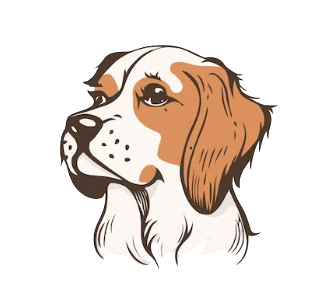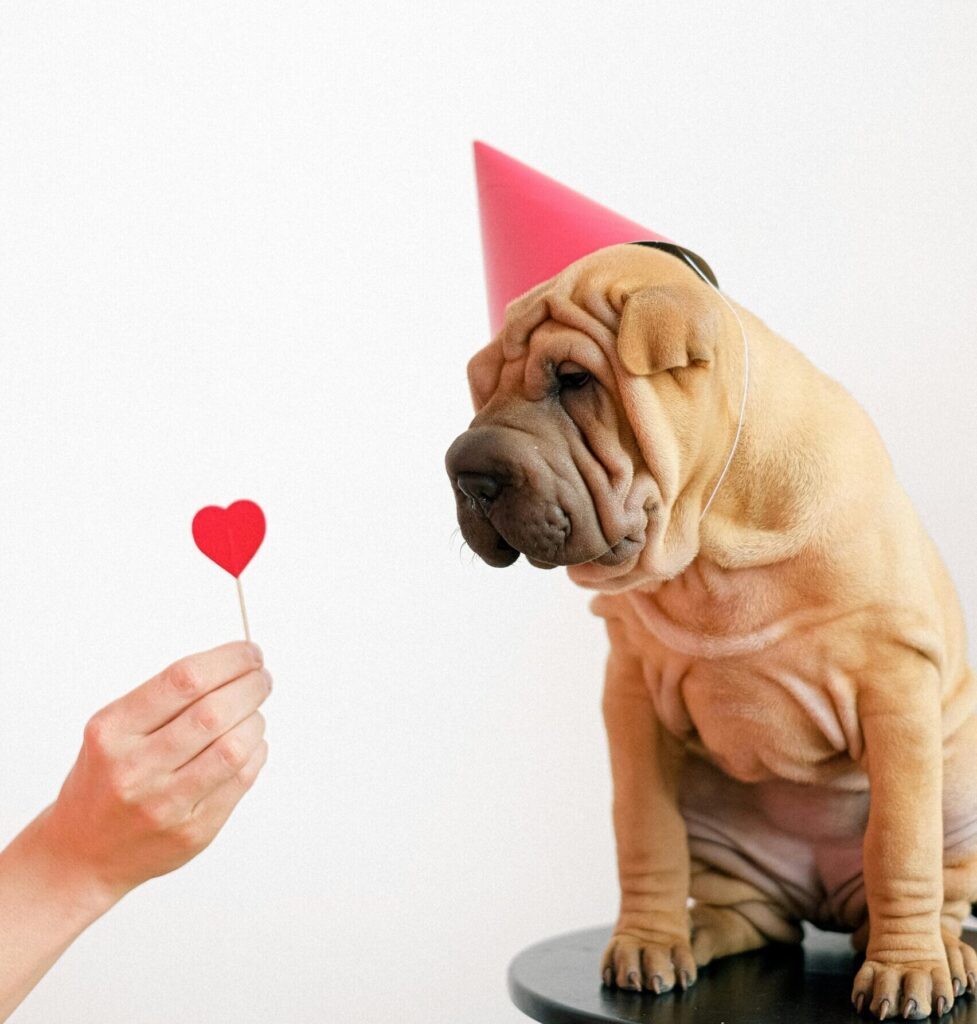Summery :
- When does a dog stop growing?
- Which dogs grow the fastest?
- When does a dog’s skeletal growth end?
- Up to what age does a small or medium sized dog grow?
- How long do purebred dogs grow?
- How long does a mixed breed dog grow?
- How to feed a growing puppy?
- How much exercise can growing dogs get?
1- When does a dog stop growing?
Puppies can grow in height and size until the age of 6 to 24 months , depending on the breed and size of the animal: generally speaking, because they reach maturity more quickly, small and medium-sized dogs stop growing before large and giant-sized dogs .
Also known as a heart murmur , a heart murmur is an abnormal noise, similar to a whooshing or hissing sound, detectable through a stethoscope, which is added to the classic heart sounds, those that indicate the heartbeat (the so-called “lub” and “dub” sounds).
Heart murmur in dogs is a disorder that should not be underestimated and whose symptoms should be monitored, with the awareness that it is necessary to contact the vet immediately if the animal is ill.
[blockquote align=”none” author=”Steve Jobs”]Your time is limited, so don’t waste it living someone else’s life. Don’t be trapped by dogma – which is living with the results of other people’s thinking[/blockquote]
2- Which dogs grow the fastest?
Small and medium-sized dogs grow faster , while large and giant-sized dogs take longer to reach full maturity.
Why these differences?
The bones and joints of large and giant breed dogs need more time to grow and develop .
Did you know that…
A dog’s skeletal growth is what determines his height at the end of development.
3- When does a dog’s skeletal growth end?
Just like those of humans, the long bones of dogs also have particularly active areas of cartilage , called growth plates , which produce the bone tissue necessary for the development of the bones themselves. In reality, what is produced by the growth plates is still a bone tissue in the process of being defined ; as the dog grows, it hardens , becoming real bone .
A dog’s growth stops when the growth plates stop producing new bone tissue .
4-Up to what age does a small or medium sized dog grow?
Small dogs stop growing between the first 6-12 months of life ; in fact, so-called toy breeds complete their development after the first 6-8 months of life .
Medium-sized dogs, on the other hand, complete their skeletal development around 12 months of age .
Up to what age does a large or giant breed dog grow?
Large or giant breed dogs stop growing between 12 and 24 months ; in fact, some dogs start growing after 2 years of age.
As mentioned, for these animals , growth is a slower process, as the bones and joints need time to fully develop.
5- How long do purebred dogs grow?
If the purebred dog comes from a certified breeder , the breeder is able to make a fairly certain assessment of the animal’s growth rate , based on the experience he has had with other members of the puppy’s family tree.
It is known that, in relation to characteristics such as temperament , coat and size , purebred dogs are quite ” predictable “, as they are the result of a selected cross between known dogs which in turn derive from other selected crosses.
6- How long does a mixed breed dog grow?
It is quite complex to establish how big a mongrel dog will grow , especially if you don’t have information about the parents.
Experts suggest that it may help to run your hand over the ribs to feel if the growth plates, which feel like little knobs or bumps, are still present.emains essential.
7- How to feed a growing puppy?
A puppy ‘s diet is very important for its correct growth .
After weaning , puppies need a special food (the so-called puppy food ), extremely energetic , containing raw fats , proteins and a mix of vitamins and minerals .
On the market, specific foods for puppies are appropriately indicated on the packaging label , as well as the dosage required based on the size of the dog , which is why it is impossible to make a mistake in the choice and administration .
Puppies should eat their designated food until their skeletal growth is complete ; once again, it all depends on the size of the dog: in the case of small dogs, puppy food should be given until 8-12 months of age; in the case of intermediate-sized dogs, definitely until at least 12 months; in the case of large or giant-sized dogs, even up to 24 months.
After that, the transition to adult dog food can take place.
What are the risks of overfeeding a growing dog?
Since puppy food is very high in calories , you need to be careful about how much you give your puppy ; in fact, too much could lead to overweight or even obesity , a condition that, if developed at a young age, represents a risk factor for orthopedic problems in adulthood .
Furthermore, in large and giant breed dogs, overfeeding can abnormally accelerate growth , a phenomenon that predisposes to the development of even very serious joint problems , such as hip dysplasia in dogs and elbow dysplasia in dogs .
As mentioned, puppy food packaging usually lists the dosage based on the size of the dog; however, if you want to have further confirmation, veterinarians are available to provide this type of service as well.
8-How much exercise can growing dogs get?
Physical exercise is important for dogs , from an early age, as it makes the animal stronger , keeps it healthy , and reduces the risk of obesity .
However, extreme care must be taken with how much exercise puppies get , as too much activity or too vigorous physical activity (jumping, etc.) can have a negative impact on the health of their joints and bones .
Too much exercise in a developing dog is a risk factor for conditions such as osteoarthritis , hip dysplasia and elbow dysplasia .
There are those who maintain that a growing puppy should be introduced to physical exercise gradually, proposing the so-called rule of 5 , that is, 5 more minutes of activity for each month of life. In reality, this rule finds no confirmation in scientific literature and in some cases it could be counterproductive.
On the subject, on its website, the American Kennel Club recommends that anyone who has a puppy, especially a large or giant breed,
- Avoid excessive and prolonged physical activity;
- Postpone any jogging activity for your dog until the animal’s skeletal development is well underway;
- Avoid walking on hard surfaces such as asphalt; grass or sand are preferable;
- Walk your dog for short distances, on the order of a quarter mile .
HOW TOTAKE CARE OF SENIOR DOG




